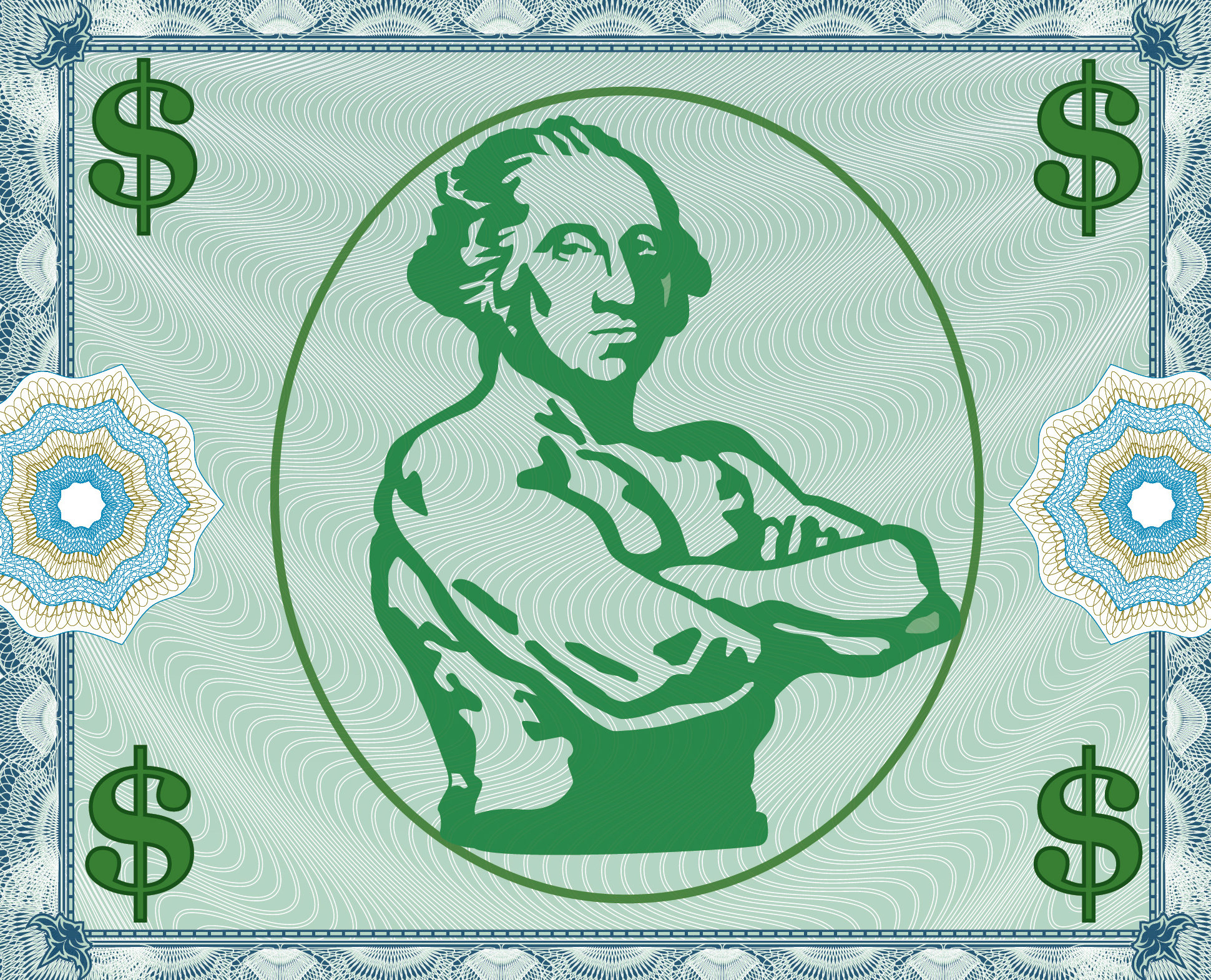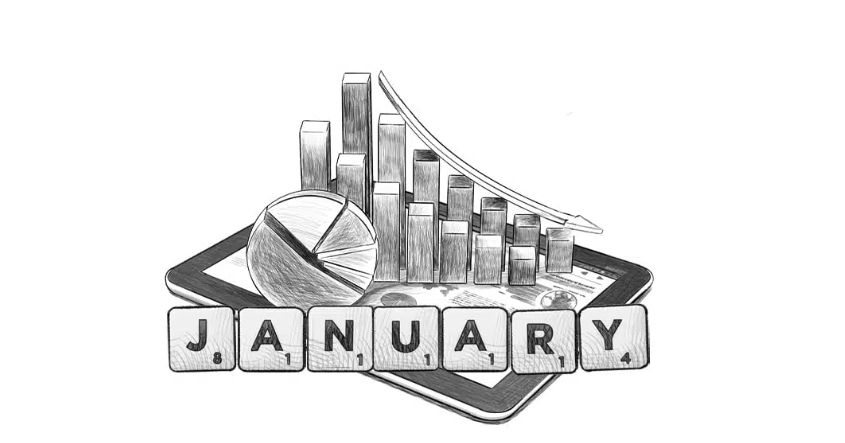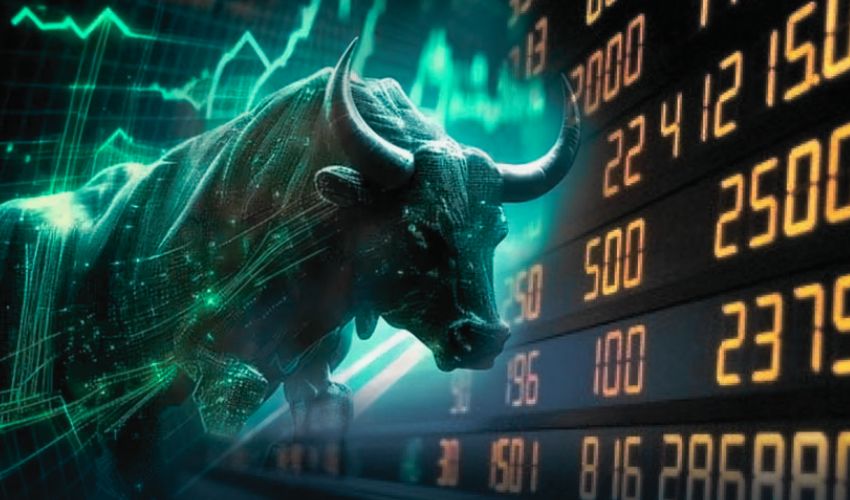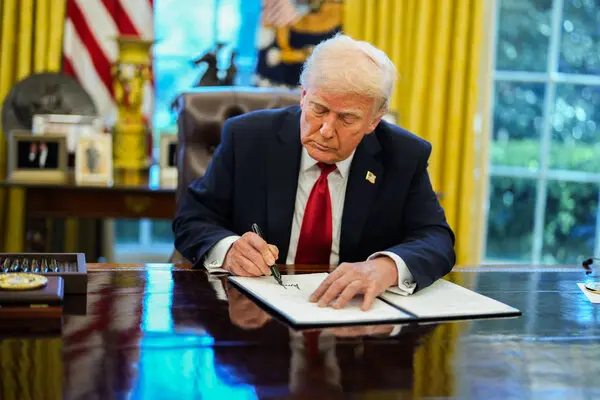• Donald Trump’s tariff barrage and a surging US dollar
Yesterday, regional equities took a hit as investors processed the implications of another round of protectionism from the Trump White House. The Hang Seng, Nikkei, Kospi, and Nifty all saw declines, a reaction to the economic uncertainty that Trump’s trade policies always seem to usher in. But today, a slight recovery in some indices suggests investors are cautiously reassessing the full extent of the damage.
The Nikkei 225, which had fallen 1.8pc yesterday, rebounded with a 0.72pc gain. The Hang Seng Index, after losing 2.3pc, surged 2.83pc. South Korea’s Kospi, which had dropped 1.6pc, recovered 1.13pc. India’s Nifty 50, down 0.52pc yesterday, was up 1.62pc today. However, Australia’s ASX 200, which had declined 1.1pc, was nearly flat with a marginal 0.06pc dip. These movements reflect a cautious rebound in some markets, while others remain under pressure, as investors react to shifting US trade policies and global economic signals.
The initial shock was centered around fears of deteriorating trade relations, no doubt, but the broader concern is the dollar’s relentless rise. A strengthening greenback tends to siphon capital out of riskier emerging markets, making dollar-denominated debt more expensive and putting downward pressure on local currencies. This is precisely what has been happening across Asia, where equity markets are wobbling, and foreign exchange reserves are coming under renewed strain. For some, the selloff might appear like an overreaction; for others, it’s just the first tremor before a deeper correction.
Pakistan finds itself in the eye of this storm, as usual.
The Pakistan Stock Exchange, already jittery over political uncertainty and an impending agitation movement on February 8, extended its losses as fears of global economic headwinds compounded domestic instability. The Pakistani rupee is holding firm for the moment – staying stable for the last year-and-a-half – but a stronger US dollar is still bad news for an economy that relies heavily on external borrowing. With significant dollar-denominated debt on its books, if the situation reverses and the rupee loses ground against the dollar, Pakistan will face a more expensive debt repayment schedule.
The timing of exogenous shocks, like the tariffs and stronger dollar, makes the situation more complex. Pakistan is already on the back foot with the European Union's recent warning regarding the renewal of GSP Plus status, a critical trade incentive for the country’s struggling export sector. If Pakistani goods lose preferential access to European markets, the twin effect of weaker exports and a stronger dollar could lead to an even wider current account deficit, setting the stage for another painful cycle of IMF negotiations and potential austerity measures. This is not a likely scenario right now, but it cannot be entirely ruled out, so policymakers need to keep it on their minds all the time.
More broadly, this situation underscores the fragility of emerging and frontier markets when US economic policy decisions turn hawkish. Pakistan, like other developing economies, remains vulnerable to the whims of Washington — whether it’s the Fed tightening interest rates or a protectionist White House igniting trade disputes. The question now is whether policymakers in Islamabad/Karachi will be able to formulate a coherent response, or if they will once again find themselves at the mercy of global market forces, reacting rather than planning.
For now, markets will remain on edge, waiting to see whether this latest bout of turbulence is a short-term blip or the beginning of a prolonged period of volatility. If Trump continues with his unpredictable and disruptive tariff policy and if dollar continues to assert its dominance, developing economies—including Pakistan—will need to brace for more difficult days ahead.
Disclaimer: This content is for educational and informational purposes only. It should not be considered financial or investment advice. Always do your own research or consult with a licensed financial professional before making any investment decisions.





